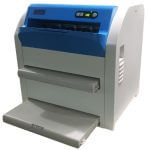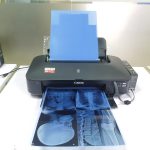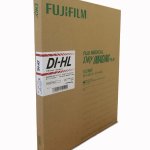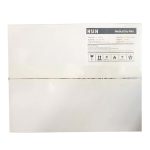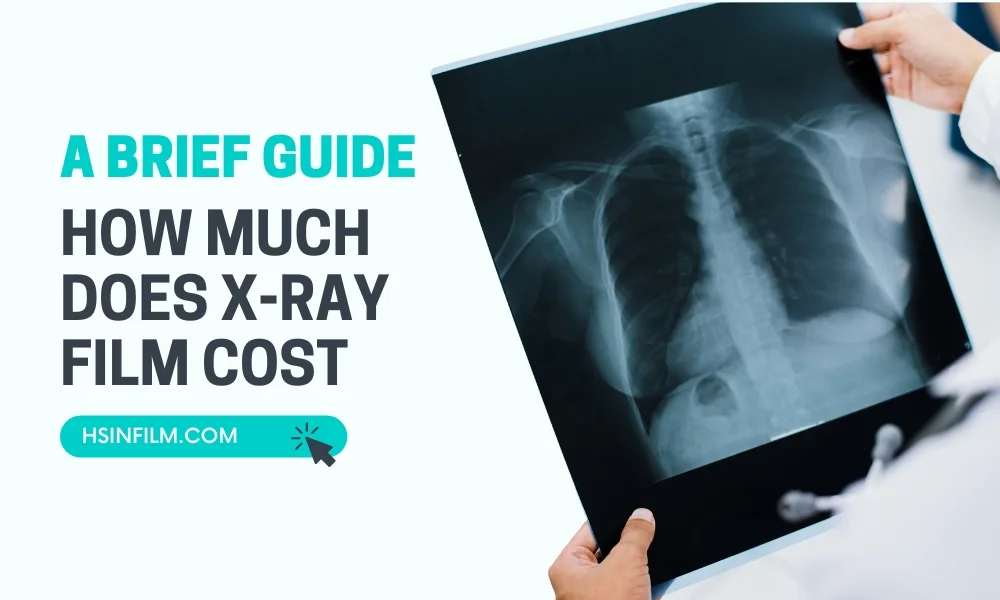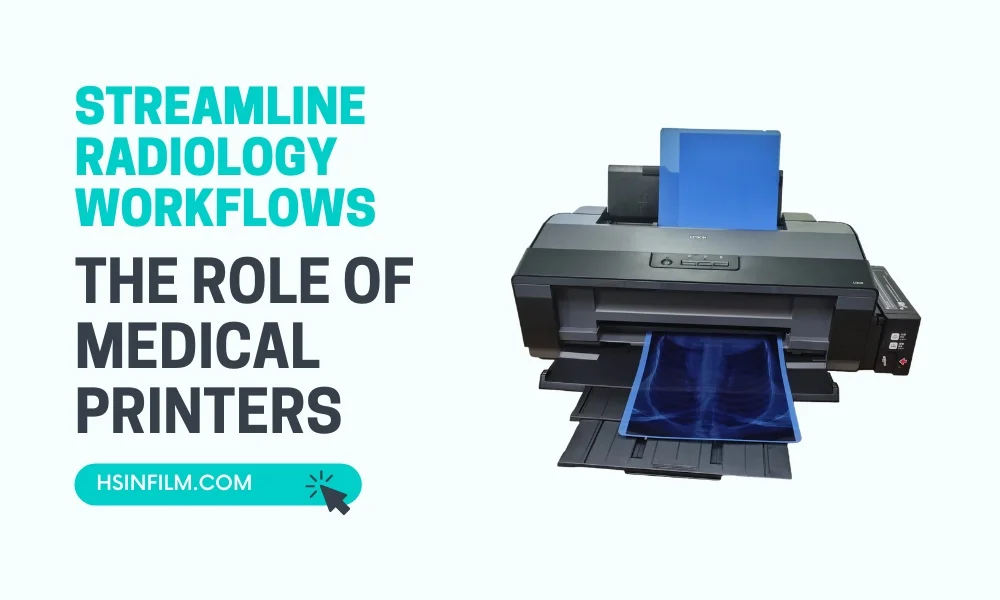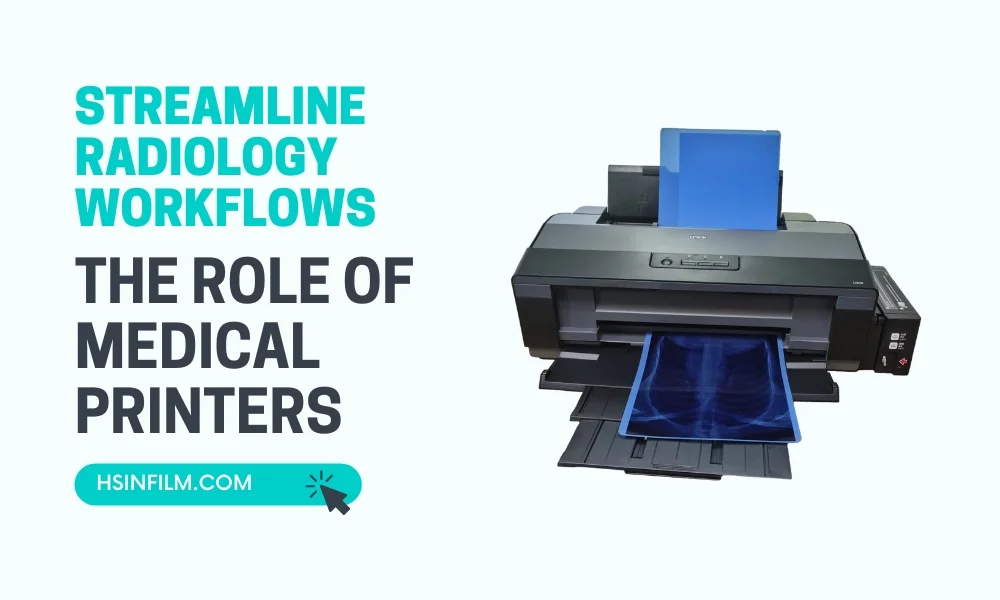Stepping into the world of medical imaging is much like entering an art studio. Imagine, for a moment, the intricate strokes of an artist’s brush translating onto canvas, revealing a masterpiece. Now, replace that canvas with an X-ray film and the paintbrush with a medical printer. The masterpiece? A clear, precise representation of the human body’s internals. But how do we ensure print quality assurance in medical imaging is perfect every single time? This journey of creation to perfection is what we’ll traverse today.
Table of Contents
Understanding the Importance of Print Quality Assurance in Medical Imaging

Ever tried squinting to catch the details in a blurred photograph? Frustrating, right? Now, amplify that feeling tenfold for a medical professional deciphering an X-ray. The stakes are high:
- Clarity for Diagnosis: Like reading a book with faded letters, unclear images can obstruct accurate readings.
- Patient Safety: A misinterpreted image? That’s a potential health risk we can’t afford.
Calibration: Setting the Right Tune
Imagine tuning a guitar. Calibration in medical printers is not too different; it’s about getting the right note (or print) every time.
- Defining Calibration: Think of it as syncing your printer’s heartbeat to the rhythm of the image it’s going to print.
- Tools & Methods: From software interventions to manual tweaks, it’s a blend of tech and touch.
- Routine Checks: Would you skip tuning your guitar before a concert? Likewise, regular calibration is non-negotiable.
Print Media: Choosing the Right Canvas
Choosing print media for medical imaging is akin to an artist picking the right canvas for a painting:
Types of X-ray Films:
- Polyester-based: The robust and long-lasting choice.
- Cellulose Acetate: Eco-warriors, rejoice! This one’s biodegradable.
- Media Influence: It’s not just what you print, but where you print. Compatibility is key.
Print Environment: Maintaining Optimal Conditions
Ever noticed how wine is stored under specific conditions? Medical print media demands similar respect:
Environmental Factors
- Temperature & Humidity: Stray too far, and quality might wane.
- Dust & Cleanliness: Ensure your printing room isn’t a playground for pollutants.
- Handling & Storage: Handle with care, always! Treat them as you would vintage photographs.
Validation: Confirming Image Integrity
If calibration is the rehearsal, validation is the final performance check. Did everything go as planned?
- What’s Validation?: It’s the after-party review, ensuring every guest (pixel) attended and was on their best behavior.
- Tools for Validation: Specialized software ensures no stone (or pixel) is left unturned.
Quality Control Measures in Medical Imaging
This is our safety net, ensuring every print sings the right tune:
- Role of Phantom Images: Think of them as the benchmarks or the ‘ideal’ images. How close did we get?
- Technology Advancements: As tech evolves, so should our quality checks.
- Staff Training: Equip your team. After all, the best tech is only as good as its user.
Challenges in Ensuring Print Quality
- Technological Limits: Sometimes, the tech ceiling is just a tad too low.
- Balancing Act: Quick prints or quality prints? It’s the eternal seesaw.
- Budget Blues: Premium quality often comes with a premium price tag. How to keep the balance?
Looking to the Future: Innovations in Quality Assurance
Peering into the crystal ball:
- AI’s Role: Machines learning to self-correct? It’s not sci-fi; it’s the near future.
- Eco-friendly Shifts: Quality without environmental guilt is the new mantra.
- Integrated Tools: All-in-one solutions for calibration, printing, and validation are on the horizon.
Conclusion
The realm of medical imaging, with its blend of art and science, remains a testament to human ingenuity. Ensuring quality in this space is not just a technical requirement but a moral one. After all, in the symphony of healthcare, every note (or print) must be perfect.
FAQ
Q1: How frequently should calibration be conducted?
A: Depending on usage, monthly is standard, but high-use machines may need bi-weekly checks.
Q2: What are the most common reasons for diminished print quality?
A: Environmental factors, outdated calibration, and incompatible print media top the list.
Q3: How do technological advancements impact print quality assurance?
A: New tech often means better precision, but it also demands updated quality checks.
Q4: Can environmental factors damage already printed images?
A: Absolutely. Humidity, excessive light, and temperature shifts can degrade

